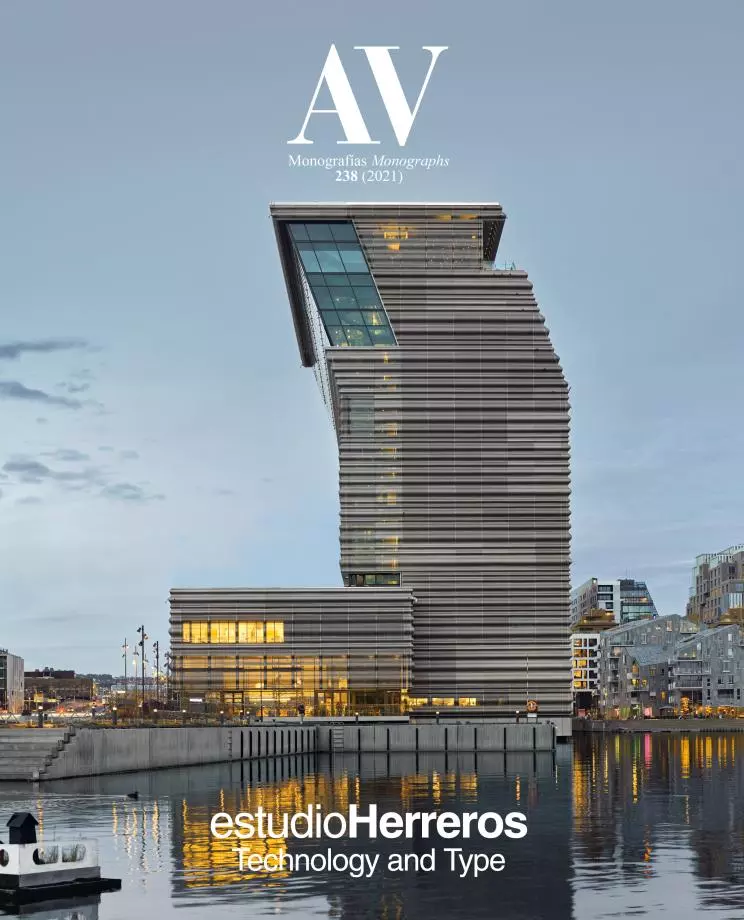
Systemic discipline produces silent works through the exacting simplification of industry. In this way, estudioHerreros embraces a choral signature to underline the experimental objectivity of its method, which offers repeatable answers, perhaps echoing the reproducibility of results in scientific research. And just as simplicity is reached through the complex sifting of a variety of factors, silence is achieved through the bustle of the conversations that gradually shape the project, a process in which multiple individuals, approaches, and interests converge. The crystallization of a system able to tackle endeavors of diverse dimensions, functions, and contexts is not achieved via a manual of construction and stylistic patterns, but through dialogues that weave a tapestry of commitments and convictions whose design reflects the different participants in the process.
If modernity strove to reconcile the uniqueness of architectural works with the anonymity of the products of industry through the fiction of machinist icons, the system of estudioHerreros proposes avoiding the rhetorical resource to mechanicist figuration to introduce productive, economic, and social logics in a process that can well be called organic, even if the results are not described by that label. Ludwig van Bertalanffy developed the General System Theory to explore the behavior of complex systems, in nature or in the artificial world, and his lessons apply as much to art and design as to cybernetics and social sciences, so it is not extravagant to view this studio’s work as a General System Practice, and its methods as a pragmatic exploration of the resolution of problems with multiple variables by reconciling diverse and interdependent vectors.
In the search for the silent simplicity of an authorless architecture that strives for an always elusive zero degree of expression, estudioHerreros chooses to dilute its identity and disappear from the stage with the elegance that we attribute to some mathematical proofs, which strike us with the violent beauty of extreme abstraction, stripped of unnecessary demonstration like the best architecture is free from formal attire. Free from intentions that go beyond the system, and exempt from languages that color the method, the work of the studio shapes a generic landscape held together by service and efficiency. Over this landscape of severe simplicity is a canvass of attentive silences and still voices, a muted conversation that draws a profile of attention to common interest and shared complexity. And on the warp and weft of the canvas, calling for attention in the urban profile, we suddenly hear a scream.






